The power and reset buttons have been changed too – we now have a large, red “start” button that would be more akin to what you’d find inside a sports car, and not what we’re used to seeing on a motherboard. Regardless, let’s run with it because I guess it ebbs coolness, although I couldn’t find the other big, red “Emergency Stop” button for when it bursts into flames after overclocking with too many volts.
The SupremeFX has been updated to include Creative’s X-Fi too. No, it’s not a Xonar hack, but rather the new ADI SoundMAX A2000BX codec that features X-Fi support via software just like you’d get with the X-Fi Xtreme Audio PCI-Express, but with EAX 4.0 as well. The P5Q3 Deluxe WiFi-AP @n on the previous pages also features the same sound chip built into the board, however its drivers lack the X-Fi support strangely. We were told that the chipsets weren’t identical and that there was an internal switch, although as we’ve seen from Daniel K in the past, an enterprising individual could probably spread the support.
The SupremeFX card still features the EMI shield and it now also includes gold plated 3.5mm jacks as well. It is also still limited to HD Audio rather than PCI-Express like MSI’s X-Fi included with some of its Diamond boards. However the socket it plugs into on the Maximus II Formula motherboard can automatically alternate between PCI-Express and HD Audio, so it can be used for other cards.
As is usual for RoG boards, the rear I/O is kept simple to its core features, including a backlit reset CMOS button, however Asus has now included eSATA here as well – it’s great when a product development team listens to its customers’ needs!
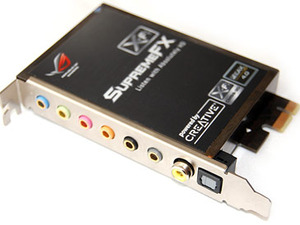 Mirroring the P5Q boards (as most RoG PCBs are very similar or identical to the consumer boards – it’s just the chipsets that are tested for overclockability) – there’s still a 16 phase CPU power regulation and EPU-6 Engine to handle everything.
Mirroring the P5Q boards (as most RoG PCBs are very similar or identical to the consumer boards – it’s just the chipsets that are tested for overclockability) – there’s still a 16 phase CPU power regulation and EPU-6 Engine to handle everything. Even though it’s the DDR2 Formula though, the north bridge still gets a three phase power regulation – this is unlike the DDR2-based P5Q boards which feature a two phase setup instead. The board also features the Drive Xpert feature and includes an extra two SATA ports, in black, as well – this is kind of strange though; why do "experienced" RoG users need their hands held through RAID setups?
Around the board there are still LEDs dotted about that show the level of voltage or frequency used (selectable in the BIOS), and in the top corner there’s a north bridge and CPU overvolt jumper. This is the best way to do things – that way you don’t intimidate or encourage users to use overly excessive voltages, however for those that need it, it’s still available.
Other than that, it’s still just an Intel board so only offers CrossFire support, not SLI, which will limit its appeal in some respects. However, the style should be replicated on future RoG boards—including the upcoming Hybrid SLI supporting Intel boards—as and when they arrive in a few months.
So how do Asus' P45 boards and new features stack up? We'll let you know soon enough!

MSI MPG Velox 100R Chassis Review
October 14 2021 | 15:04


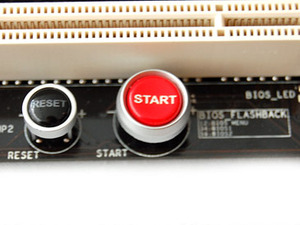
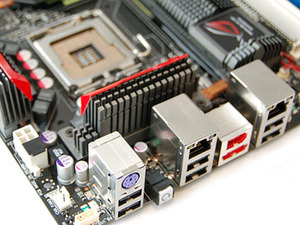
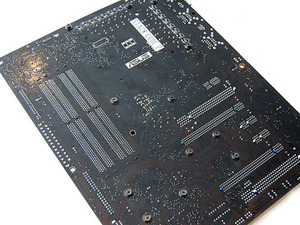
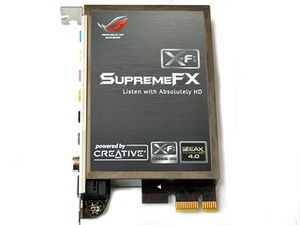







Want to comment? Please log in.